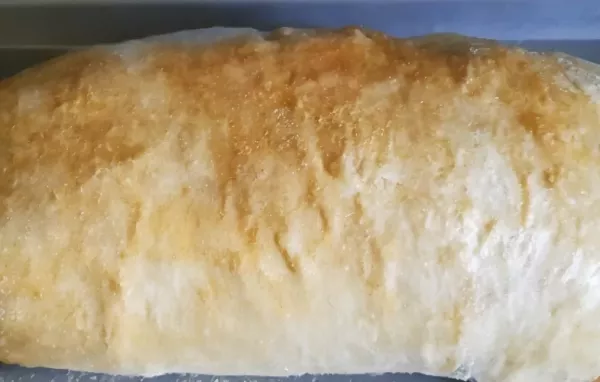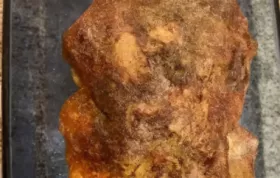Classic French Bread Recipe

Published on August 30, 2023
Learn how to bake your own fluffy and crusty traditional French bread at home with this easy-to-follow recipe. This recipe yields two beautiful loaves that are perfect for sandwiches, bruschetta, or simply enjoying with butter. With just a few simple ingredients and minimal hands-on time, you can impress your family and friends with your baking skills. Say goodbye to store-bought bread and hello to the wonderful aroma and taste of freshly baked French bread.
Ingredients
- 4 cups all-purpose flour
- 2 1/4 teaspoons active dry yeast
- 2 teaspoons salt
- 1 1/2 cups warm water
Directions
- In a large mixing bowl, combine the warm water and yeast. Let it sit for 5-10 minutes until the yeast is foamy.
- Add the flour and salt to the yeast mixture. Stir until a shaggy dough forms.
- Transfer the dough onto a lightly floured surface and knead for about 10 minutes until smooth and elastic.
- Place the dough in a greased bowl, cover with a clean kitchen towel, and let it rise in a warm place for about 1 hour or until doubled in size.
- Preheat your oven to 450°F (230°C). Place an empty metal pan on the bottom rack.
- Once the dough has risen, punch it down to release the air. Divide it into two equal portions.
- Shape each portion into a long baguette by rolling the dough tightly from one end to the other.
- Transfer the shaped baguettes onto a parchment-lined baking sheet. Make diagonal slashes on the top of each loaf using a sharp knife.
- Pour about 1 cup of hot water into the empty metal pan at the bottom of the oven to create steam.
- Bake the loaves in the preheated oven for 20-25 minutes or until golden brown and crusty.
- Remove from the oven and let the bread cool on a wire rack before slicing and serving.
Interesting Facts
You’ll Also Love












